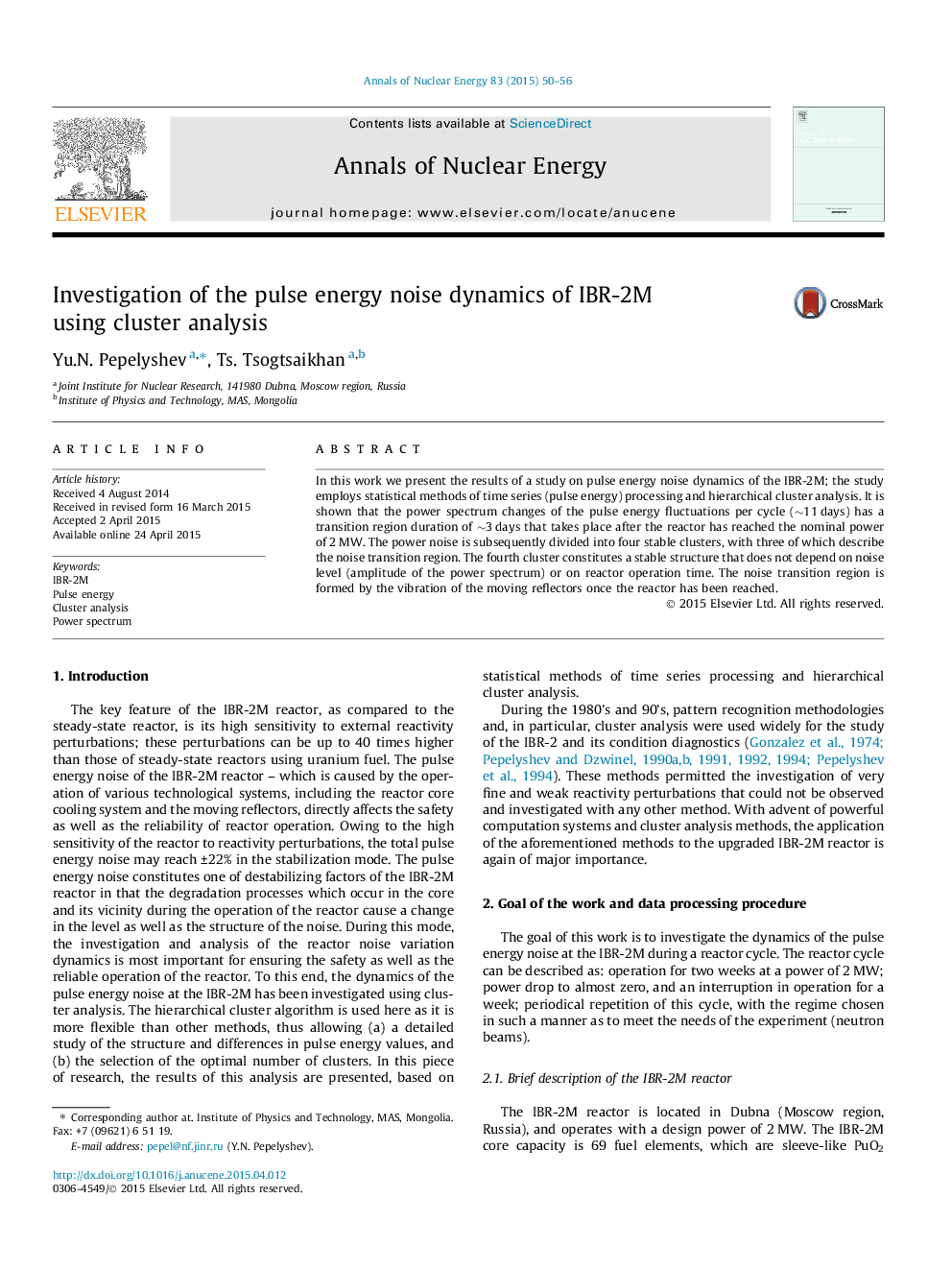| کد مقاله | کد نشریه | سال انتشار | مقاله انگلیسی | نسخه تمام متن |
|---|---|---|---|---|
| 6364118 | 1623010 | 2015 | 7 صفحه PDF | دانلود رایگان |
عنوان انگلیسی مقاله ISI
Nitrous oxide emissions from forage maize production on a Humic Cambisol fertilized with mineral fertilizer or slurries in Galicia, Spain
دانلود مقاله + سفارش ترجمه
دانلود مقاله ISI انگلیسی
رایگان برای ایرانیان
کلمات کلیدی
موضوعات مرتبط
مهندسی و علوم پایه
علوم زمین و سیارات
فرآیندهای سطح زمین
پیش نمایش صفحه اول مقاله

چکیده انگلیسی
We conducted a field experiment in Galicia (NW Spain) to quantify N2O emissions derived from fertilization practices carried out by local farmers growing forage maize (Zea mays L.). Forage maize was cultivated in a silt loam soil during 2008 and 2009, in different locations each year. Nitrous oxide fluxes were monitored during the whole growing season after the application of the following treatments: no N application (CN); 125 kg N haâ 1 NPK at sowing and 75 kg granulated urea at top dressing (MN); 200 kg N haâ 1 injected cattle slurry (CS) and 200 kg N haâ 1 injected pig slurry (PS), with both slurry treatments applied at sowing. We observed that although fertilization significantly increased losses of N as N2O, the type of fertilizer did not significantly affect the total cumulative N2O emissions in either year. This could have been due to the high native soil C content in both experimental sites. Total cumulative N2O emissions from N fertilized treatments ranged from 19.8 to 20.5 kg N haâ 1 in 2008 and 10.8 to 11.7 kg N haâ 1 in 2009, with the period between sowing and top dressing being the largest contributor. Nitrification probably caused the N2O fluxes observed in the days following the application of N fertilizers in May, however the largest losses of N2O were observed at optimal soil conditions for denitrification. Variations in N2O fluxes between crop seasons could be attributed, in the first instance, to more N2 rather than N2O production during 2009, a consequence of the larger soil water filled pore space (> 80%WFPS) during most of the sampling period. Another cause was probably the periods of soil rewetting observed in 2008, which triggered the largest N2O fluxes observed and contributed to approximately 40% of the total cumulative N2O emissions. The use of slurries or mineral fertilizer resulted in similar yield scaled N2O emissions in both years. At a target N rate of 200 kg N haâ 1 these were in the range 1.18-1.23 kg N2O-N Mgâ 1 DM in 2008 and 0.51-0.58 kg N2O-N Mgâ 1 DM in 2009. This study highlights the need to increase the knowledge of initial soil N contents at the moment of the N application and the dynamics of soil organic matter mineralization to adapt N rates to efficiently meet crop demands, especially in the period between sowing and top dressing application when demands are small.
ناشر
Database: Elsevier - ScienceDirect (ساینس دایرکت)
Journal: Geoderma Regional - Volume 5, August 2015, Pages 54-63
Journal: Geoderma Regional - Volume 5, August 2015, Pages 54-63
نویسندگان
Aránzazu Louro, Dolores Báez, MarÃa Isabel GarcÃa, Laura Cárdenas,